Owning an RV comes with the thrill of open-road adventures and the freedom to explore at your own pace. However, it also comes with the responsibility of regular maintenance to ensure both safety and comfort.
Over time, wear and tear will take its toll on specific parts of your RV, and knowing when to replace these components saves you from costly repairs and inconvenient breakdowns. Below, we’ll explore the most common RV parts that require replacements and provide insights into when these replacements are necessary.
Tires
One of the most critical parts of an RV is its tires, as they bear the weight of the vehicle and ensure a safe ride over varying terrains. Generally speaking, you should replace RV tires every five to seven years, even if they appear to be in good condition. The reason for this is that the rubber deteriorates beyond safe levels after this period of time due to exposure to sunlight, fluctuating temperatures, and general use. Worn or cracked tires can eventually lead to blowouts while on the road.
Regular tire inspections are vital to check for uneven wear, cracking, or bulging. Maintaining proper tire pressure according to the manufacturer’s recommendation can help extend the lifespan of your tires, so be sure to keep up with that. Investing in a tire pressure monitoring system (TPMS) is a wise decision for RV owners, as it alerts you to pressure changes, ensuring safety and efficiency.
Brake Systems
Like tires, RV brakes endure tremendous stress due to the size and weight of the vehicle, particularly if you frequently travel on steep grades or mountainous terrain. Brake pads, rotors, and drums are subject to wear, so you should inspect them annually or every 10,000 to 15,000 miles. If you notice squealing noises, reduced braking performance, or a pulsating brake pedal, it’s likely time to replace the braking components.
Neglecting the condition of your RV brakes can result in longer stopping distances or complete brake failure, putting you and others on the road at risk. A professional mechanic familiar with RVs can assess the condition of your braking system and recommend necessary replacements to keep your vehicle roadworthy.
Battery
Your RV’s battery powers many essential systems, including the lights, water pump, and appliances. Unlike car batteries, RV batteries are often tasked with running a larger number of systems for extended periods, especially when camping off-grid. Most RV batteries last between three to five years, depending on the type, usage, and maintenance practices.
Outside of replacements, some batteries might need some level of regular maintenance. Lead-acid batteries, for instance, require you to keep the water levels topped off. Lithium batteries won’t have this kind of maintenance but will be more expensive. Regardless of the type you have, be sure to monitor your battery’s voltage regularly to ensure it remains charged. If the battery can no longer hold a charge or drains quickly, it’s time for a replacement.

Air Filter
The air filter in your RV’s engine plays a critical role in ensuring proper airflow and protecting the engine from dirt and debris. Over time, the air filter becomes clogged, reducing efficiency and potentially leading to engine damage. Most professionals recommend that you replace the air filter every 12,000 to 15,000 miles or annually, though this timeline may vary depending on where and how frequently you drive.
If you’re primarily traveling on dusty or sandy roads, you might need to replace the filter more frequently. A clean air filter ensures optimal engine performance and fuel efficiency, so staying on top of this maintenance task is essential.
Propane Regulator
Not every RV has a propane system, but the ones that do need to take good care of it since it powers crucial appliances, such as the stove, refrigerator, and water heater. The propane system’s regulator ensures that propane flows at the correct pressure to these appliances. Like any mechanical component, the regulator wears out over time and may start to malfunction.
Most experts recommend replacing the propane regulator every 10 to 15 years, though it’s wise to inspect it during your regular maintenance schedule. Signs of a failing propane regulator include a yellow flame on your appliances (instead of blue), inconsistent appliance performance, or a hissing noise near the regulator. A faulty regulator can be a safety hazard, so don’t delay replacing it if you notice any issues.
Water Pump
The water pump in your RV provides consistent water pressure for tasks such as showering, washing dishes, and flushing the toilet. It is a vital component, especially if you enjoy boondocking or camping without hookups. Water pumps are generally durable, but they can wear out after several years of use, particularly if they are frequently overworked or not well-maintained.
Most water pumps last around five to ten years, depending on usage and care. If you notice inconsistent water pressure, strange noises, or leaks from the pump, it may need replacing. Regularly checking the pump’s condition and strainers for debris can help extend its lifespan.
Roof Sealant
The roof of an RV is subjected to harsh conditions, from ultraviolet rays to heavy rain and snow, making roof maintenance a top priority. One area you’ll want to pay close attention to is the roof sealant, as it prevents leaks and water damage by sealing seams and joints. Unfortunately, even the best sealants break down over time from weather exposure.
You should check the roof sealant at least twice a year, particularly after winter or before long trips. Replace the sealant when cracks, peeling, or gaps become visible, as these are clear indicators of wear. Ignoring roof sealant issues can lead to leaks that compromise the structural integrity of your RV and lead to expensive repairs.

Slide-Out Seals
Slide-outs are a fantastic feature in many RVs, offering additional living space for when you’re set up for the night. However, the seals that keep water and dust out of your slide-outs won’t last forever. Exposure to sunlight and temperature changes will slowly cause them to dry out, crack, or lose flexibility over time.
To keep the seals in good condition, clean them regularly with a mild detergent and apply a UV protectant to prevent drying. If you notice water leaks, drafts, or visible cracking, it’s time to replace the slide-out seals. Regular maintenance can help ensure smooth operation and prolong the lifespan of this essential RV component.
How United RV Center Can Help
Now that you know what items likely need to be replaced on your RV and when to replace them, you might have realized that some parts of your camper are due for a replacement. Luckily, United RV Center is here to help. We have a variety of replacement parts available on our site. Even if a full replacement isn’t necessary, we have tons of RV repair supplies for you to choose from, so take the time to browse our selection today.


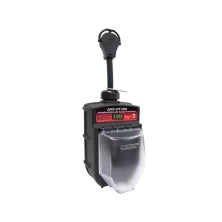
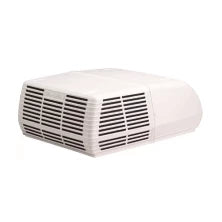
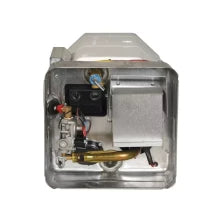
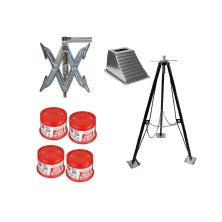
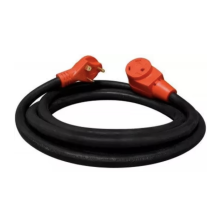
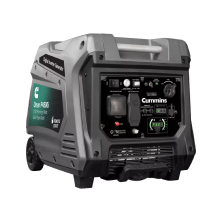
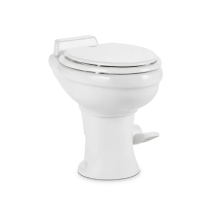
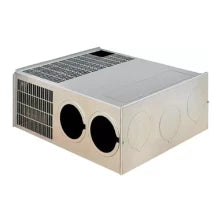
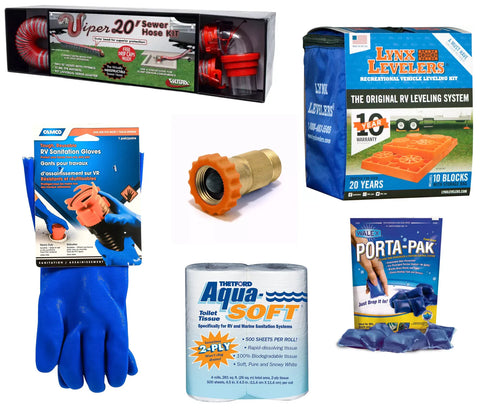

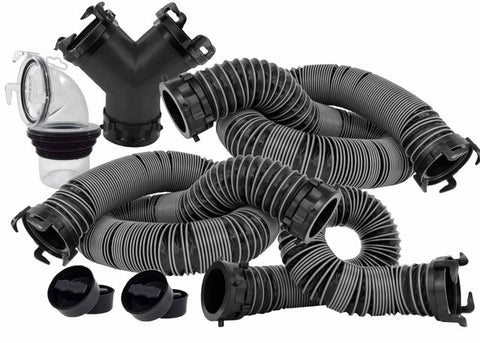

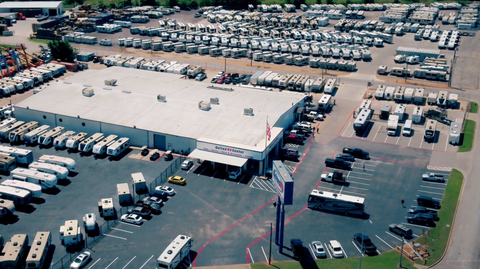
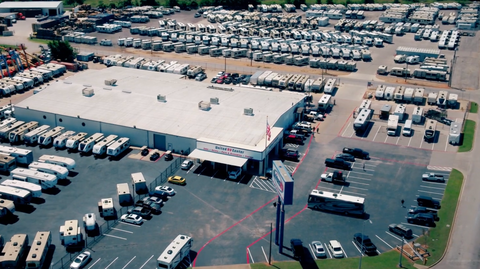
Comments (0)
There are no comments for this article. Be the first one to leave a message!